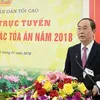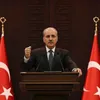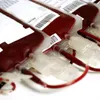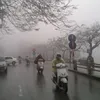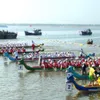Ho Chi Minh City strives to become even more attractive to tourists
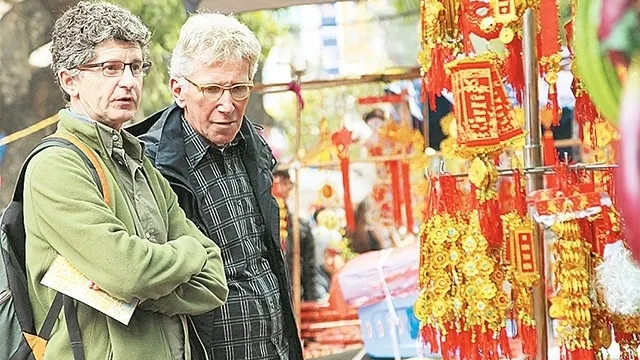
In addition to annual events such as the Ao Dai (Vietnamese traditional long dress) festival, lion and dragon dance festival, Southern fruit festival, cuisine festival of the Southern land, and the international travel expo, in 2017, the city’s hospitality sector also hosted activities to promote the city’s image at international travel events.
A database for tourism promotion and a system to provide tourist information for tour guides and visitors in multiple languages have been completed, making it easier for tourists to explore the city’s tourist attractions.
The municipal People’s Committee has closely co-ordinated with the city’s Tourism Department to diversify and design new tourist products, including the launch of the river bus along Nhieu Loc - Thi Nghe and Tau Hu – Ben Nghe canals, ecological tours, agri-tourism and leisure travel.
The most-visited destinations by international tourists, such as Bui Vien and Nguyen Hue pedestrian streets in district 1, have been upgraded to make it even more attractive for holiday makers.
Modern technologies have been applied at wholesale markets in Binh Dien, Hoc Mon and Thu Duc districts in order to provide a fresh experience for visitors who want to explore the markets at night and communicate with the traders there.
According to Bui Ta Hoang, Director of the city Tourism Department, only 50 shopping places and 120 restaurants, five of which rank among the top 10 Vietnamese restaurants, have been recognised as meeting national standards to serve visitors.
The department is working on a project on establishing a night shopping area near Bach Dang wharf and Van Don wharf to advertise products made by Vietnamese businesses.
The launch of night shopping markets and areas near historical sites and tourist attractions is expected to lure visitors to shop and taste the signature dishes of the city.
In October 2017, the municipal People’s Committee and the city’s Tourism Association signed a cooperation agreement to develop the city’s tourism sector in the 2017-2020 period.
The agreement sets out six specific areas for cooperation, including supporting businesses, creating favourable conditions for tourist activities, and maintaining a safe environment for visitors; implementing tourism promotion programmes; developing signature tourist products; strengthening coordination with neighbouring localities to diversify tourist products; advertising Ho Chi Minh City as a friendly, attractive and safe city; and enhancing human resource training for the tourism industry.
In 2017, Ho Chi Minh City greeted nearly 6.4 million foreigners, a 23% increase over last year. Tourism revenues reached nearly VND116 trillion (US$5.1 billion).
However, the city’s tourism sector has also faced a number of obstacles originating from traffic overload, downgraded infrastructure, and difficulties in launching waterway tourism.
The sector needs more strategic plans and solutions to achieve its targets of welcoming 7.5 million foreigners and 29 million domestic visitors in 2018, and maintaining its growth in the coming years.
Priority will be given to continue the implementation of effective programmes and to design new tourist products on the back of city’s available cultural advantages.
Tags:
